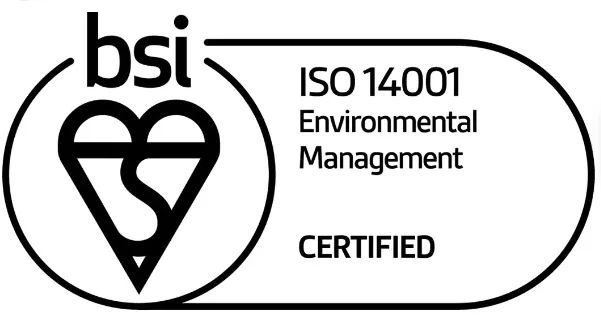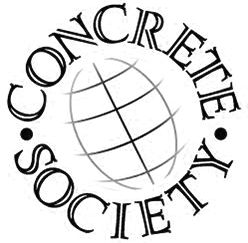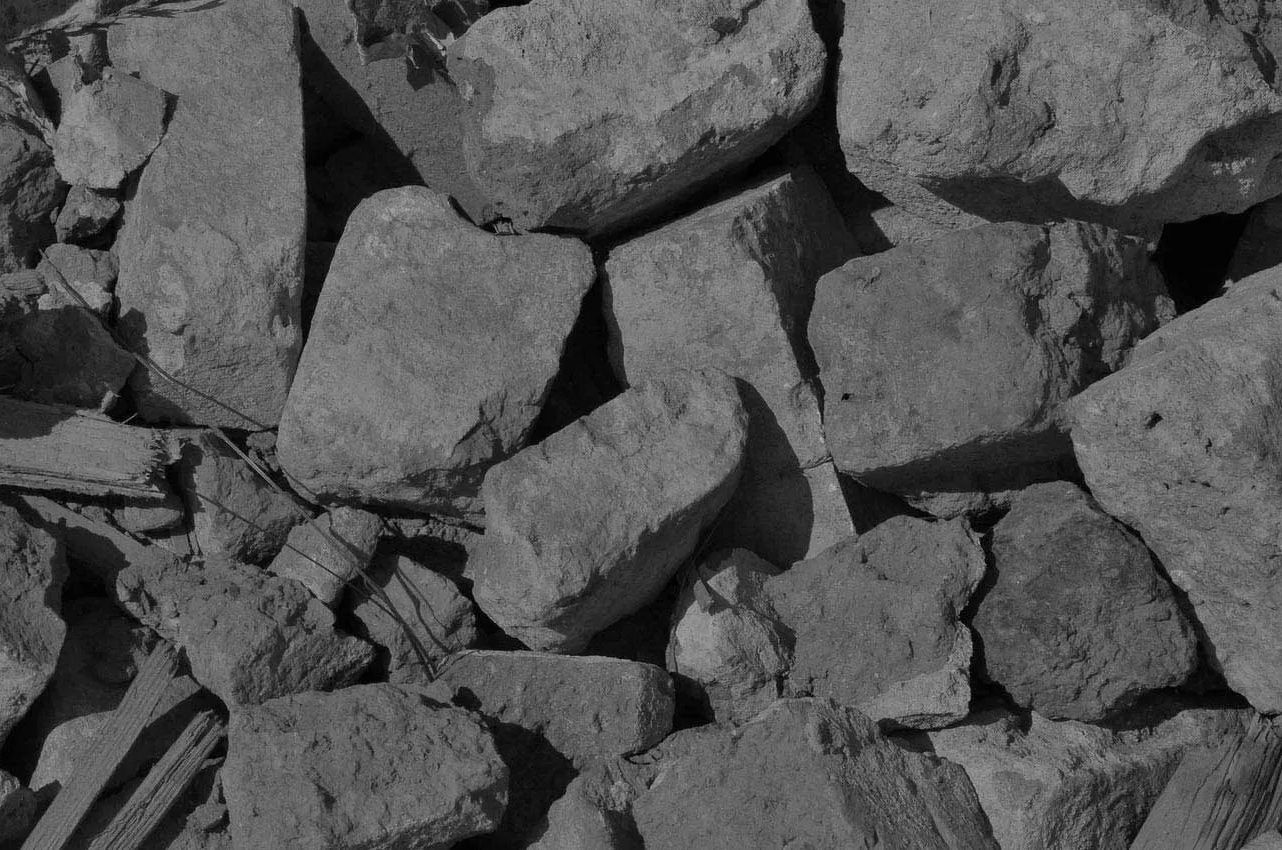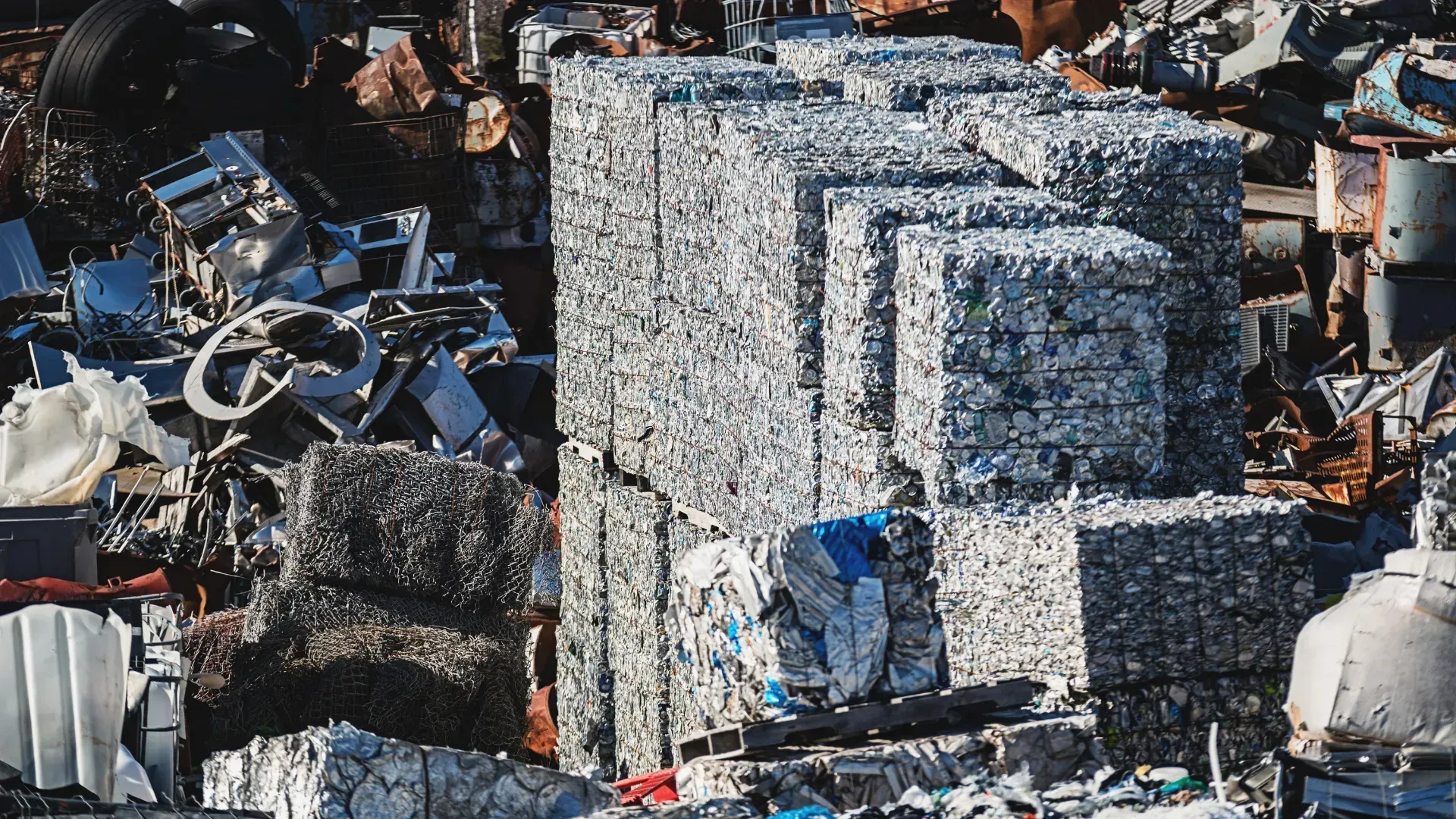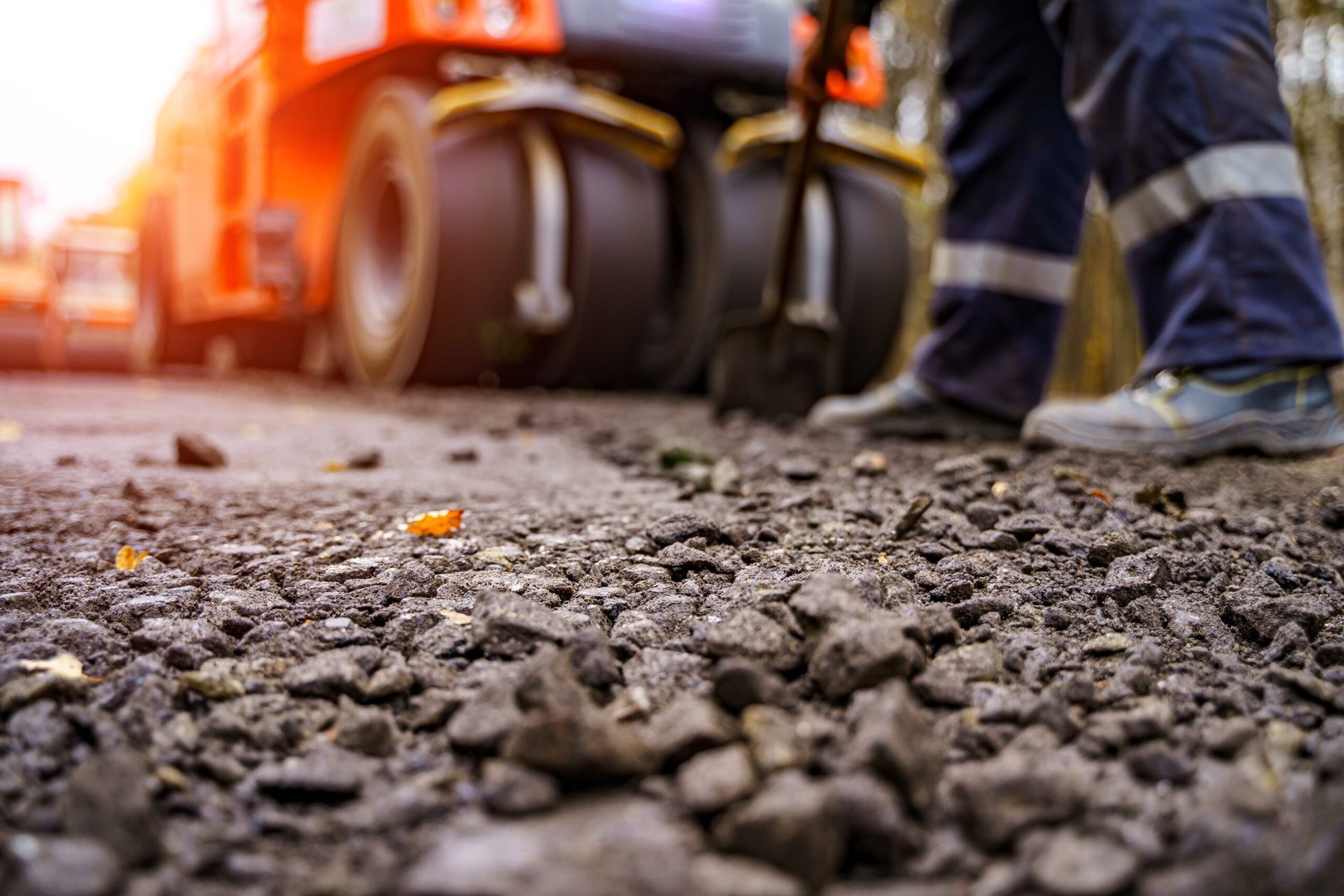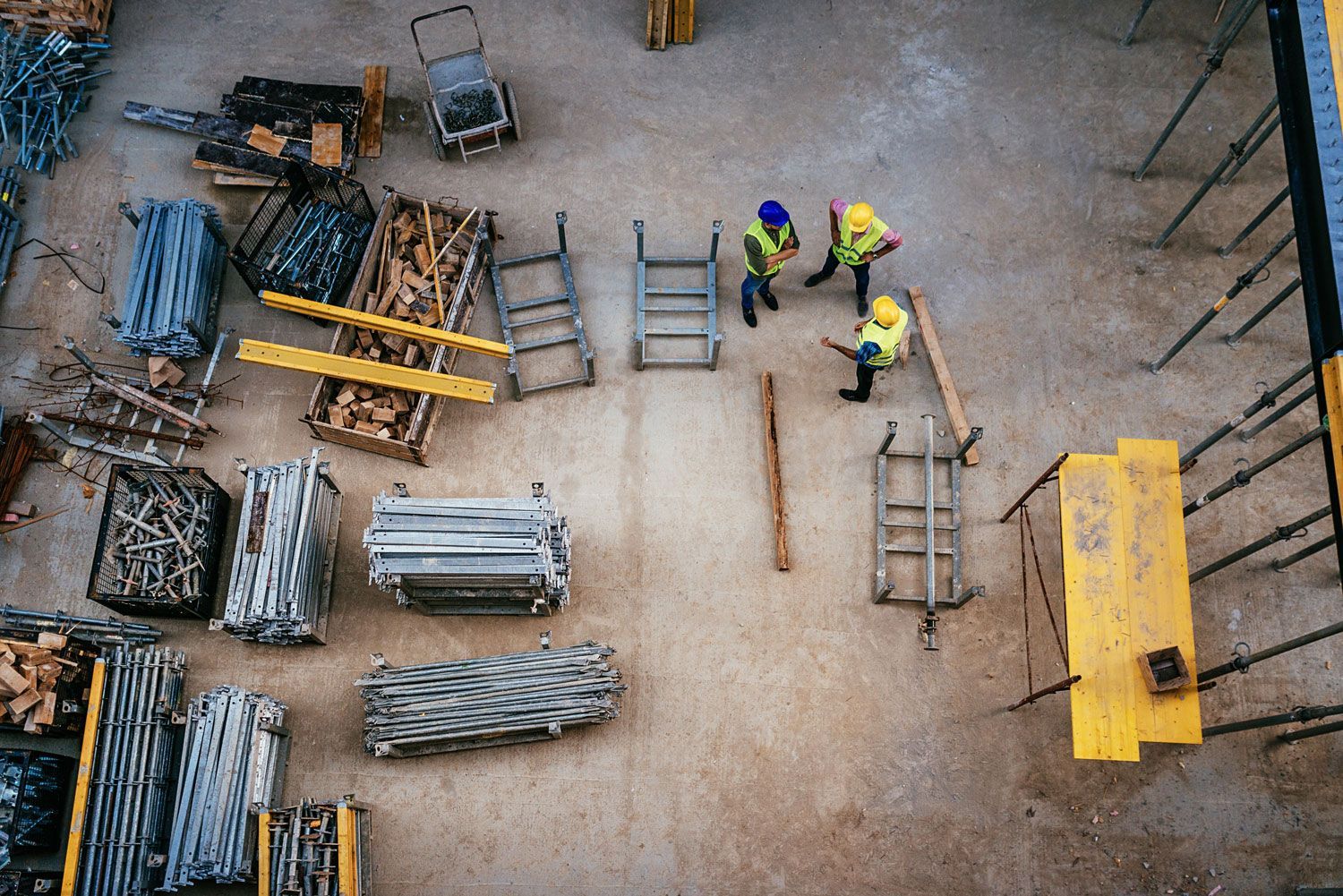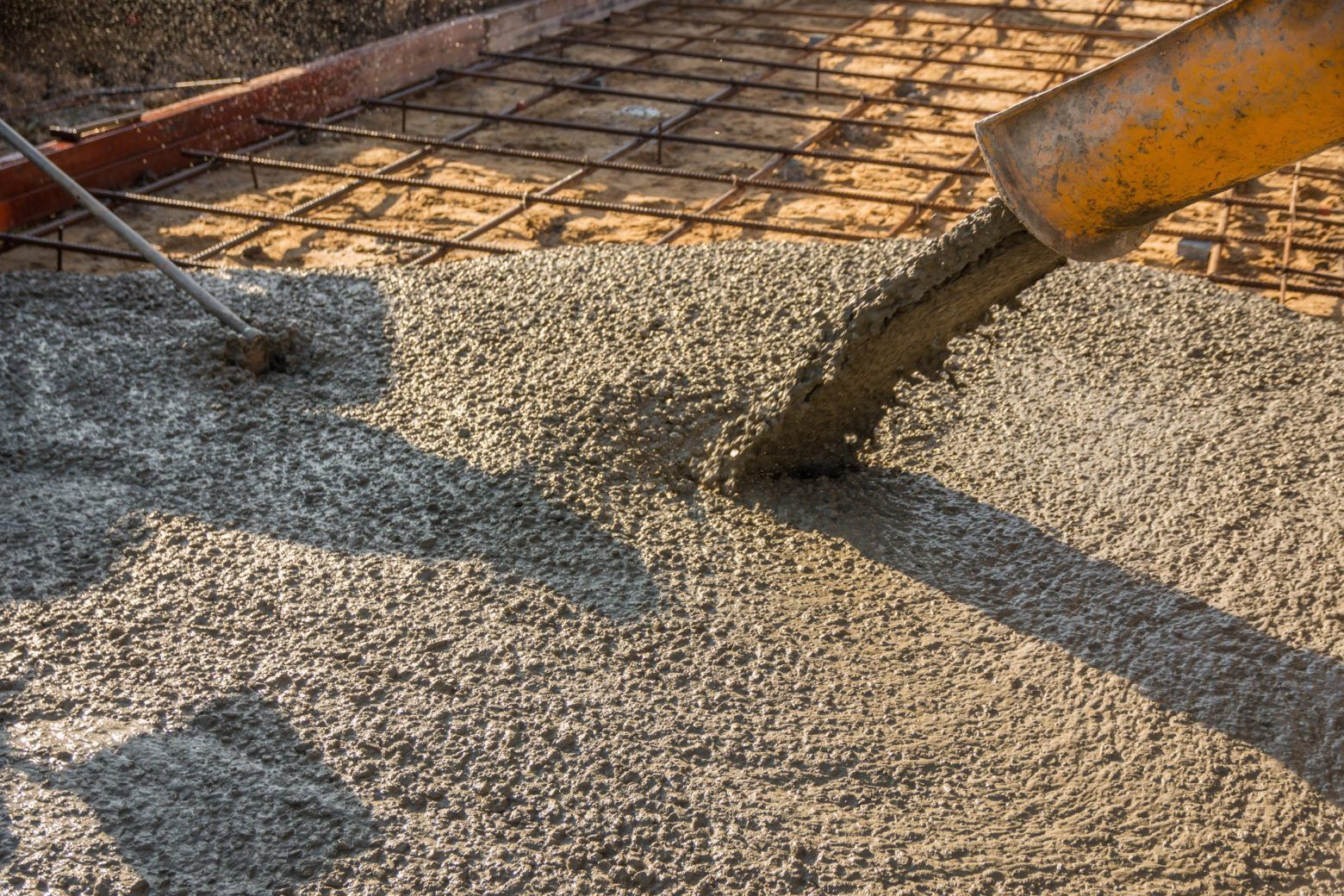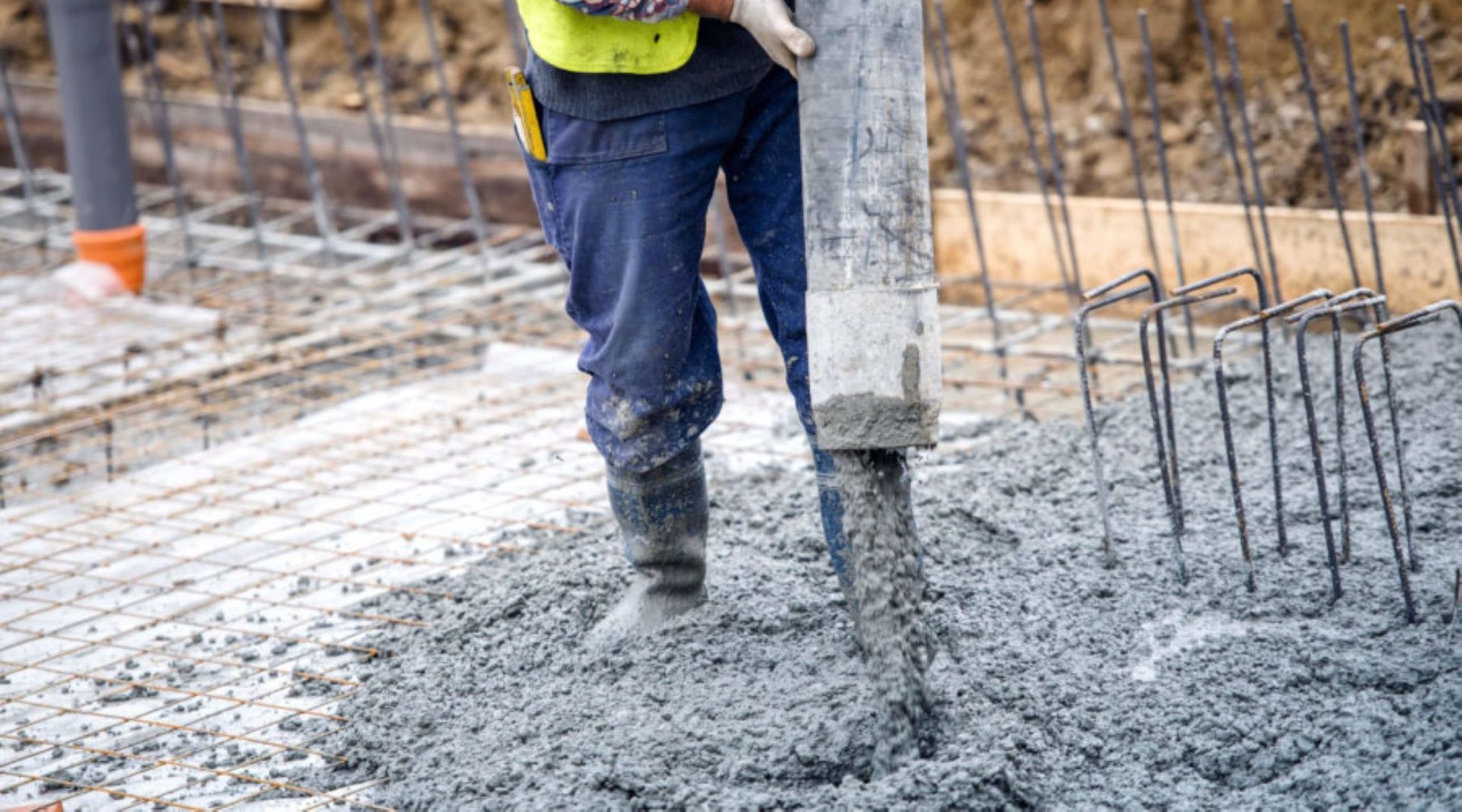How To Maintain A Landfill While Protecting The Environment
Landfills have played a critical role in managing the waste we generate for a long time, but their impact on the environment has sparked growing concern for our planet. From air pollution to groundwater contamination, a poorly maintained landfill site can have extreme consequences. However, with modern waste removal strategies and sustainable landfill products, it is possible to operate a landfill while reducing its environmental footprint.
In today’s waste-conscious world, responsible landfill management is more important than ever. By implementing best practices, landfill operators can balance waste disposal needs with environmental responsibility.
In our blog, we’ll look at some effective ways to maintain a landfill site while prioritising sustainability. From waste removal and recycling efforts to landfill engineering and policy-driven initiatives, we’ll cover the steps that can be taken to ensure that landfills remain a vital yet environmentally controlled part of waste management.
The Role of Landfills In Waste Management
We may think of a landfill site as a kind of dumping ground, but it's actually a carefully engineered space designed to manage waste that cannot be recycled or composted. Despite the efforts to reduce landfill dependency through waste reduction and recycling, landfills remain an essential part of waste management, handling millions of tonnes of waste each year.
Why Landfills Are Necessary
Even with the increased focus on recycling and composting, certain waste materials must still be disposed of in a landfill site. These include non-recyclable plastics, contaminated materials, and residual waste from industrial processes. While the primary goal is to reduce landfill reliance, a well-managed site remains crucial for both public health and environmental protection.
Types of Landfill Sites
There are different types of landfill sites, each designed for specific types of waste:
● Municipal Solid Waste (MSW) Landfills – These sites handle everyday household waste, including non-recyclable packaging and mixed materials.
● Industrial Landfills – These are specifically designed for commercial and industrial waste, including construction debris and hazardous materials.
● Sustainable Landfills – These landfill sites incorporate advanced waste removal and processing techniques to minimise environmental impact.
Challenges Of Traditional Landfills
Poorly managed landfill sites contribute to several environmental problems, including:
● Greenhouse Gas Emissions – Decomposing organic waste produces methane, which is a potent greenhouse gas that contributes to climate change.
● Leachate Contamination – Liquid waste (leachate) can seep into the ground, which contaminates soil and water supplies.
● Space Limitations – As waste production increases, landfill capacity becomes a growing concern, which means we need to create more sustainable waste removal strategies.
The Shift Towards Eco-Friendly Landfill Products
To combat these types of waste issues, modern landfill management is evolving. Many landfill operators are now using sustainable landfill products, such as engineered liners, gas collection systems, and waste diversion strategies, to mitigate harmful environmental impact. Additionally, waste sorting and recycling efforts ensure that only non-recyclable waste reaches the landfill, reducing the volume of landfill waste and environmental harm.
Best Practices for Sustainable Landfill Management
Effective landfill management requires a combination of engineering solutions, waste removal strategies, and environmental safeguards. By using the best practices available, landfill operators can minimise pollution, extend the lifespan of landfill sites, and contribute to a more sustainable waste management system. Below are some of the key measures that help maintain a landfill while protecting the environment.
Waste Segregation and Diversion
One of the most effective ways to reduce landfill impact is to ensure that only non-recyclable and non-compostable materials are disposed of in a landfill site. This involves:
● Sorting waste at the source – Encouraging households and businesses to separate their recyclables, compostable materials, and hazardous waste before disposal.
● Enhancing recycling infrastructure – Increasing access to recycling facilities and promoting the use of landfill products such as recycled aggregates and crushed concrete.
● Encouraging industrial waste reduction – Businesses can implement circular economy practices, reusing materials where possible to decrease landfill dependency.
Landfill Lining and Leachate Collection Systems
A key challenge when it comes to landfill sites is the potential for leachate – which is a toxic liquid that is produced as waste decomposes – potentially contaminating surrounding soil and groundwater. In order to prevent this:
● Modern landfill sites use engineered liners, typically made from high-density polyethylene (HDPE) or clay, to create a barrier between waste and the ground.
● Leachate collection systems direct harmful liquid waste to treatment facilities where contaminants are removed before being safely discharged.
● Regular monitoring ensures early detection of any leaks or contamination risks, preventing long-term environmental damage.
Gas Capture and Energy Recovery
As organic waste decomposes, it generates methane – a powerful greenhouse gas. Rather than allowing it to escape into the atmosphere, modern landfill sites implement gas capture systems that:
● Extract methane and convert it into energy – This can be used to generate electricity, heat buildings, or even fuel vehicles.
● Reduce greenhouse gas emissions – Capturing methane prevents it from contributing to climate change while providing a renewable energy source.
● Improve air quality – Controlling landfill gas emissions minimises air pollution and odour issues for surrounding communities.
Efficient Waste Compaction and Covering
Proper waste management within a landfill site includes compacting and covering waste to control odours, reduce fire hazards, and prevent pests. Some of the ways this can be done effectively includes:
Daily waste compaction - Using heavy machinery to compress waste, reducing the amount of space required and increasing landfill lifespan.
Applying daily and final covers - Layers of soil, clay, or alternative materials (such as geosynthetic covers) help contain waste and prevent wind-blown debris.
Vegetative covers - Some sites plant grass or other vegetation over completed landfill sections, stabilising the land and improving environmental integration.
Water Runoff and Drainage Management
Heavy rainfall can lead to contaminated runoff from landfill sites, potentially polluting nearby water sources. To mitigate this:
● Landfills incorporate drainage systems that direct rainwater away from waste piles.
● Retention ponds and filtration systems help treat runoff before it enters natural waterways.
● Regular inspections ensure that drainage systems remain effective and compliant with environmental regulations.
The Importance of Recycling & Waste Reduction
Reducing landfill waste is one of the most effective ways to lessen the environmental impact. By promoting methods such as recycling, composting, and the use of sustainable landfill products, we can significantly decrease the volume of waste that ends up in landfill sites. This not only conserves landfill space for only the necessary landfill rubbish but also helps lower pollution levels and reduce the demand for raw materials.
Every year, millions of tonnes of recyclable materials—such as plastics, glass, paper, and metals—are unnecessarily disposed of in landfills. Recycling these materials can:
● Lower landfill volume – Diverting waste from landfill sites extends their operational lifespan.
● Reduce resource consumption – Using recycled materials in manufacturing decreases the need for virgin resources, such as timber and metal ores.
● Cut carbon emissions – Recycling requires less energy than producing new materials, helping to reduce greenhouse gas emissions.
Many landfill sites now operate alongside recycling facilities, ensuring that materials such as concrete, asphalt, and metals are extracted and repurposed before waste is buried.
The Circular Economy in Waste Management
A circular economy is a system in which products and materials are reused, repaired, and recycled rather than discarded. In landfill management, this involves:
● Designing products for reuse
● Supporting second-life initiatives – Many businesses now refurbish and resell used materials, extending their lifespan.
● Implementing landfill mining – Some landfill sites are beginning to recover valuable materials from old waste deposits, which reduces the need for fresh extractions.
Through greater adoption of recycling and sustainable waste removal strategies, landfill operators, businesses, and consumers can all contribute to reducing landfill reliance.
The Future of Sustainable Landfill Management
Maintaining a landfill site while protecting the environment requires a multi-faceted approach. From implementing best practices in landfill engineering to prioritising waste removal, recycling, and composting, there are numerous ways to reduce the negative impact of waste disposal.
Here at WM Thomson & Sons, we offer a range of waste management strategies that dispose of waste effectively, with the environment in mind. While landfills remain an essential part of waste management, their environmental impact can be significantly reduced through responsible practices. Our commitment to sustainable landfill is what sets us apart. You can also find recycled aggregates in Glasgow and other quarry services on our site. To learn more about any of our services, feel free to contact us for more information

